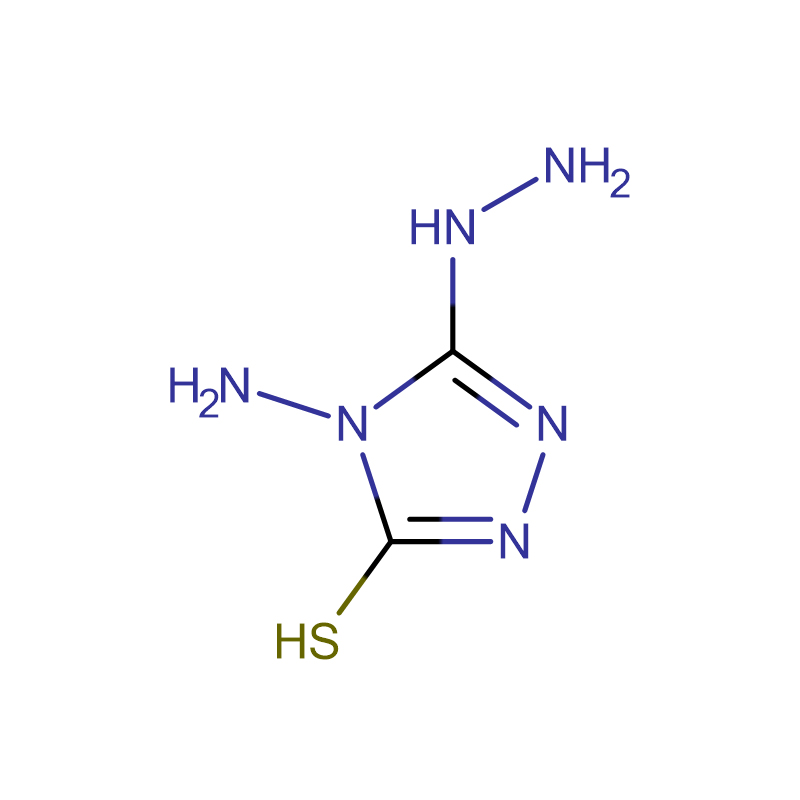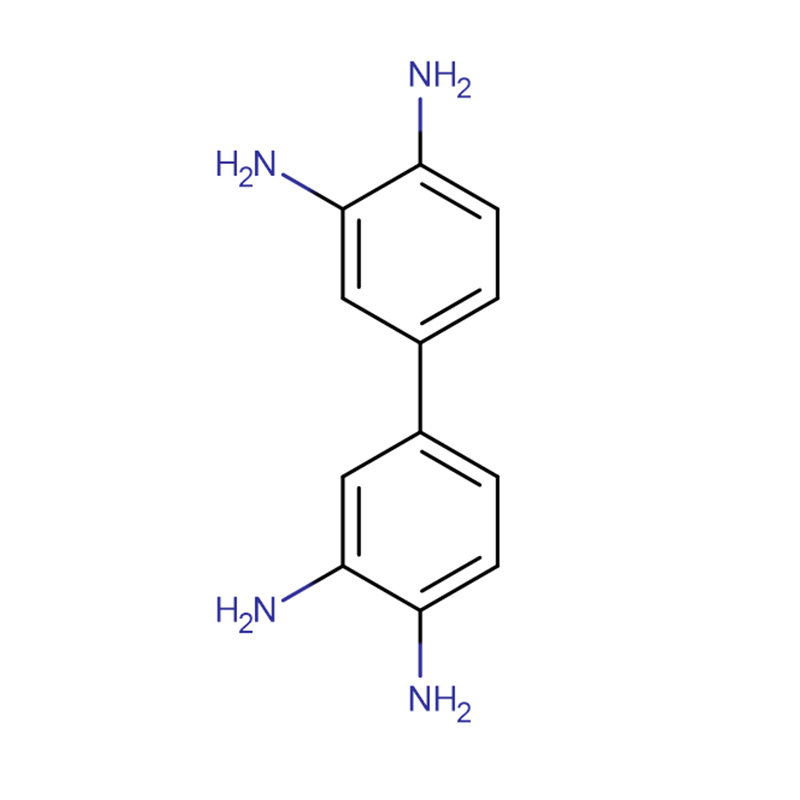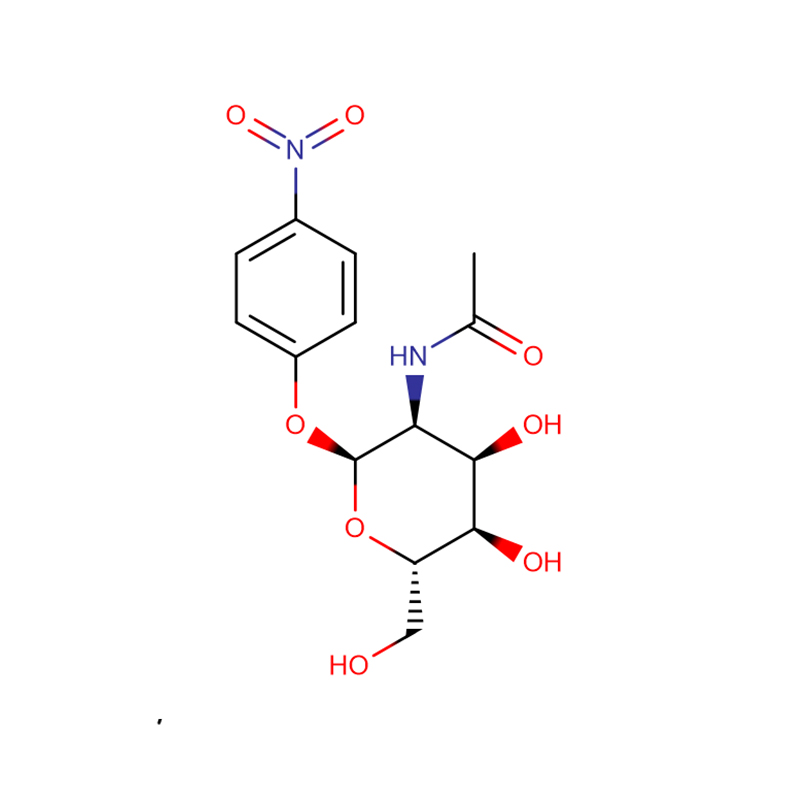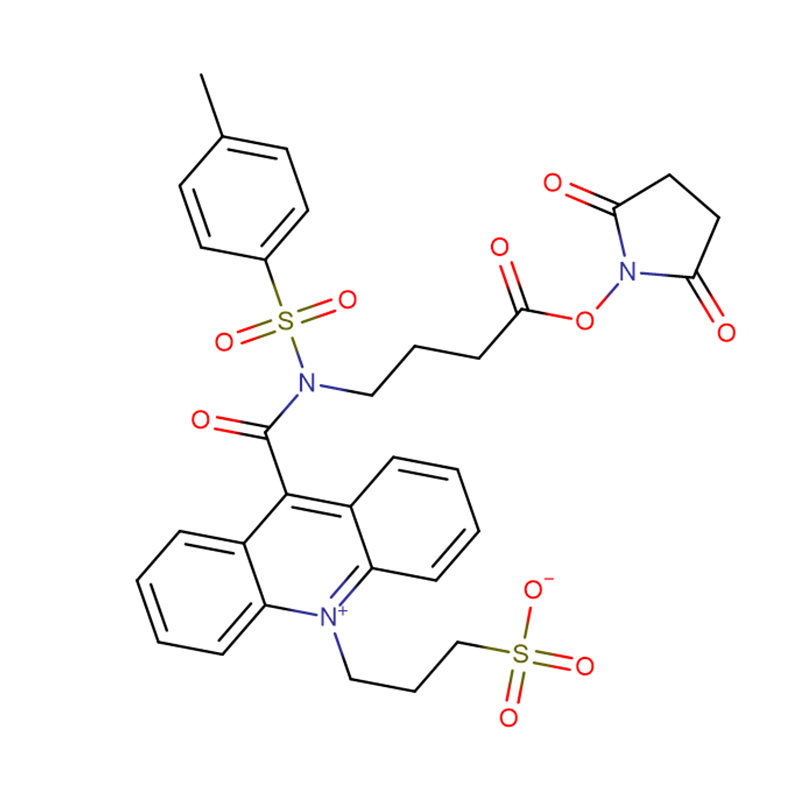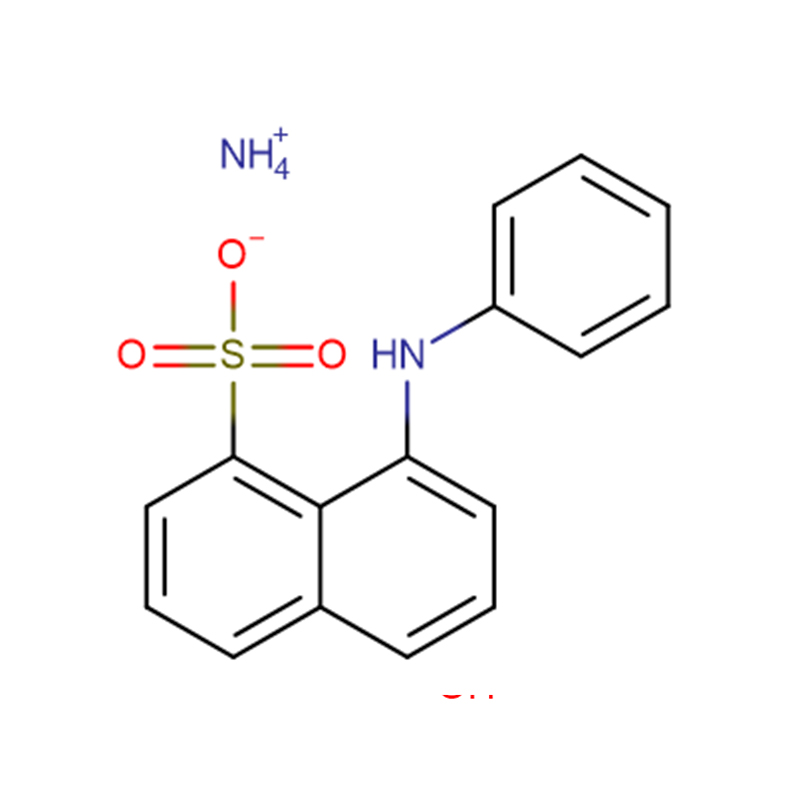AHMT Cas:1750-12-5 98% White powder
| Catalog Number | XD90150 |
| Product Name | AHMT |
| CAS | 1750-12-5 |
| Molecular Formula | C14H20N2O5S |
| Molecular Weight | 146.18 |
| Storage Details | Ambient |
| Harmonized Tariff Code | 2933990090 |
Product Specification
| Appearance | White powder |
| Assay | ≥ 98% |
| Density | 2.3100 |
| Melting point | 228-230 °C (dec.) (lit.) |
| Solubility | Soluble in Dimethyl sulfoxide. (DMSO) |
It is a specific reagent for the determination of formaldehyde and other reactive chemicals. The 4-amino-3-hydrazino-5-mercapto-1,2,4-triazole (AHMT) method has good specificity and selectivity, and can be used in a large number of aldehydes such as acetaldehyde, propionaldehyde, butyraldehyde, and phenylacetaldehyde. The coexisting conditions do not interfere with the determination, and it is the preferred method for the determination of formaldehyde in drinking water and source water.
The 4-amino-3-hydrazino-5-mercapto-1,2,4-triazole (AHMT) method is affected by the laboratory environment, the operation of the reaction process, the selection of materials and reagents and other factors.
The environmental impact is mainly because formaldehyde is soluble in water and is relatively stable in water. If the concentration of formaldehyde in the air is too high, it is easy to introduce interference and pollution to the measured value of formaldehyde in water. Therefore, when using the formaldehyde standard solution and preparing the standard curve, the exposure time should be minimized, and the plug should be tightly closed after use. The window should be opened for ventilation before the end of a single experiment and the start of the next experiment.
Influence of the reaction process: After the reagent is opened, it should be used as soon as possible, and attention should be paid to closing the seal in time. The prepared solution should be stored in a dark brown bottle. In addition, the mixed liquid will generate air bubbles in a short time, and the operation should be fully shaken to avoid the result of measuring the absorbance value will be affected and unstable. It should also be noted that the shaking time, intensity, placement time interval and colorimetric measurement conditions of the blind sample, reference sample, and standard series of colorimetric tubes should be consistent.


